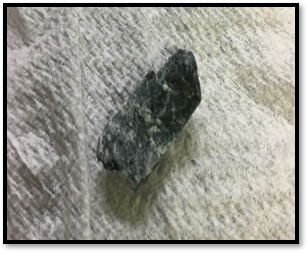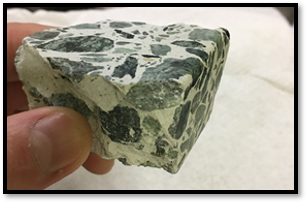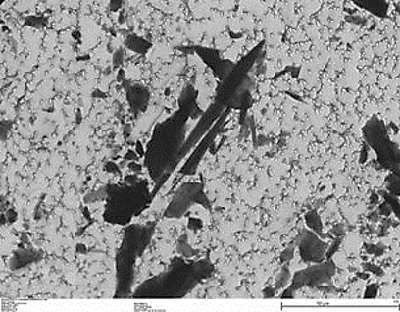Accueil » Naturally Occurring Asbestos in bulk samples
Naturally Occurring Asbestos in bulk samples
To detect, classify, and identify asbestos in natural bulks samples.



Avoid false positive
Working in environments that contain multiple organic fibres present? TEM can be used to confirm mineral fibres as being non-asbestos allowing the avoidance of unnecessary costs of specialist asbestos remediation where it is not necessary.
TEM distinguishes asbestos fibres from all other fibres to get the right result, including the thinnest fibrils. TEM can identify the non-commercial asbestos minerals such as tremolite, actinolite and anthophyllite from their polymorphs which might not be identified by PLM, or SEM due to the wide range of optical, physical, and chemical properties these minerals exhibit.
Asbestos Polymorphs (non-exhaustive list – ASTM Z7077Z) :
- Picrolite
- Antigorite
- Brucite
- Lizardite
- Richterite
- Hornblende
- Winchite
- Palygorskite
- Halloysite
- Wollastonite
- Fibrous Talc
- Glaucophane
- Vermiculite Scrolls
- Cummingtonite
- Sepiolite
Anthophyllite in fibrous talc
Talc can be contaminated with asbestos fibres as asbestos and talc can be found near each other in mines. In this example, the sample was first analysed using PLM, which detected no asbestos. However, TEM analysis at high magnification (x15,000) was performed. EDS spectrometry and electron diffraction analysis offered by this technology determined traces of tremolite and anthophyllite fibres in the sample.By using TEM for your sample analysis you can avoid under-estimations in exposure and detect the thinnest fibrils of chrysotile from about 0.02 μm in width that may be present but undetected by PCM when analysing personal/environmental monitoring, and clearance filters, resulting in potential risk of exposure to workers and public.
Due to the similarity in morphology and chemical composition of these minerals, the qualitative observation of their atomic structure allows for the identification and discrimination of asbestos. Talc is used to manufacture many products, such as crayons (where it is used as a binder in the wax).
Detect naturally occurring asbestos in a marble like benchtop green rock material





